Industrialization and urbanisation are increasing need for energy. To reduce the impact on the environment, renewable energy sources like solar photovoltaic, wind, biomass, small hydropower and others are being put into widespread use. In recent years, the cost of energy generation from renewable energy sources like solar and wind has decreased to the point that it is competitive with traditional fuels like coal, oil, and natural gas. Producing and delivering a constant flow of electricity without interruption is a formidable challenge.
With the support of government-based programmes, renewable energy sources are increasingly being used to bring electricity to rural areas. Lighting and water pumping are two of the primary applications for power generated by solar panels. With the help of an appropriate inverter, farmers can benefit from efficient daytime irrigation powered by electricity generated from renewable sources. If you want to use solar panels to pump water for irrigation, you’ll need an inverter that can change the DC power into AC power for induction motors.
For induction motor or pump to perform properly and last a long time, you need a high-quality inverter to convert the AC current into the direct current.
When an induction motor receives low-quality power, it can overheat, generate insufficient torque because of a lack of fundamental frequency voltage amplitude, or experience excessive heating from a dc current component in the inverter’s output voltage. All of this will eventually cause the induction motor’s winding to catch fire, short out and permanently ruin the motor’s core (the stacked metal plates). Consequently, inverters, which are commonly found in induction motors and pumping / irrigation systems, warrant extensive research.
This research shows that a single-phase cascaded H-Bridge seven level inverter regulated by the fuzzy logic controller can decrease total harmonic distortion at the inverter’s output voltage, thus enhancing power quality for irrigation systems.
To further enhance power quality, a neuro-fuzzy controller and ANFIS Controllers were proposed to lower total harmonic distortion at the inverter’s output voltage. The optimal settings for a multilayer inverter were investigated through a comparative analysis. Due to its straightforward design and minimal component count, a cascaded multilevel inverter was used for this study. The effectiveness of harmonic removal was assessed after the proposed method was applied in the MATLAB environment. Values of total harmonic distortion were compared using the CHBMLI with the fuzzy controller, the Neuro fuzzy controller, and the ANFIS controller.
This book is an outcome of our experience of conducting research activities on multilevel inverter topologies. It can be useful for researchers, practitioners and educators. This book includes a total of seven chapters. It covers introduction, inverter importance for renewable energy systems, multilevel inverter topologies, cascaded multilevel inverters, fuzzy controller
based inverter, neuro fuzzy and ANFIS controller based inverter and future research directions. The goal of this book is to provide a solid foundation for people looking to learn about basics of inverter technologies.
Sale
Original price was: ₹310.00.₹248.00Current price is: ₹248.00. ₹

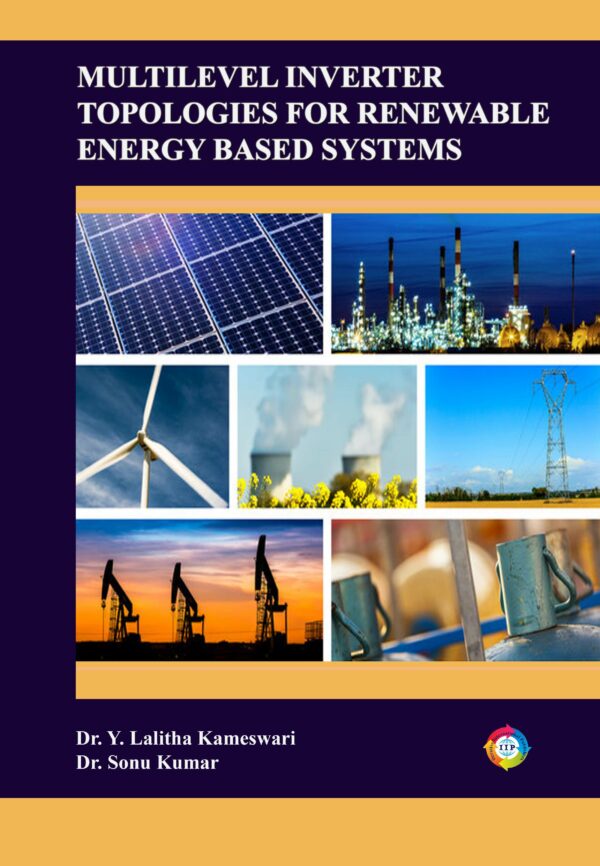
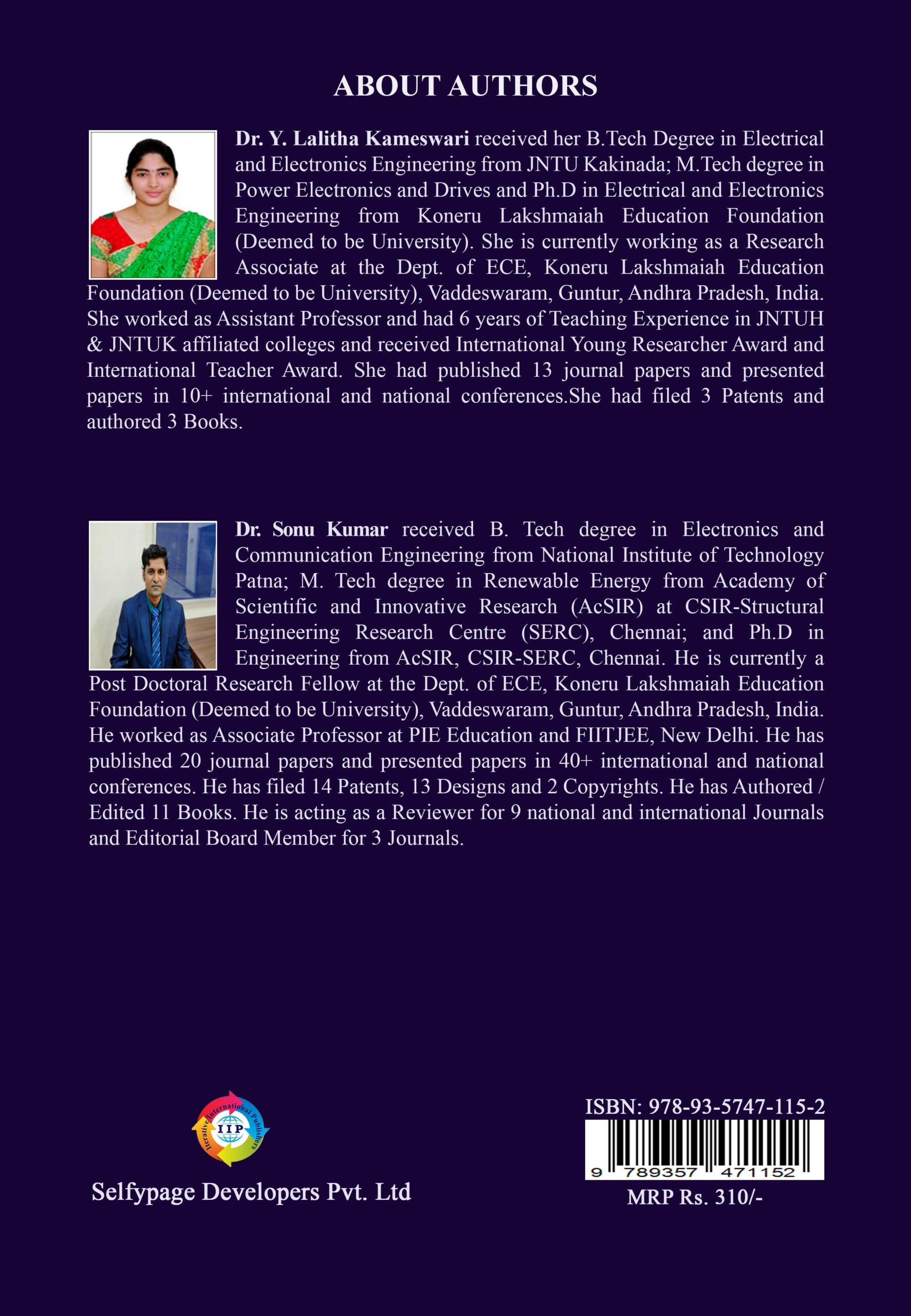
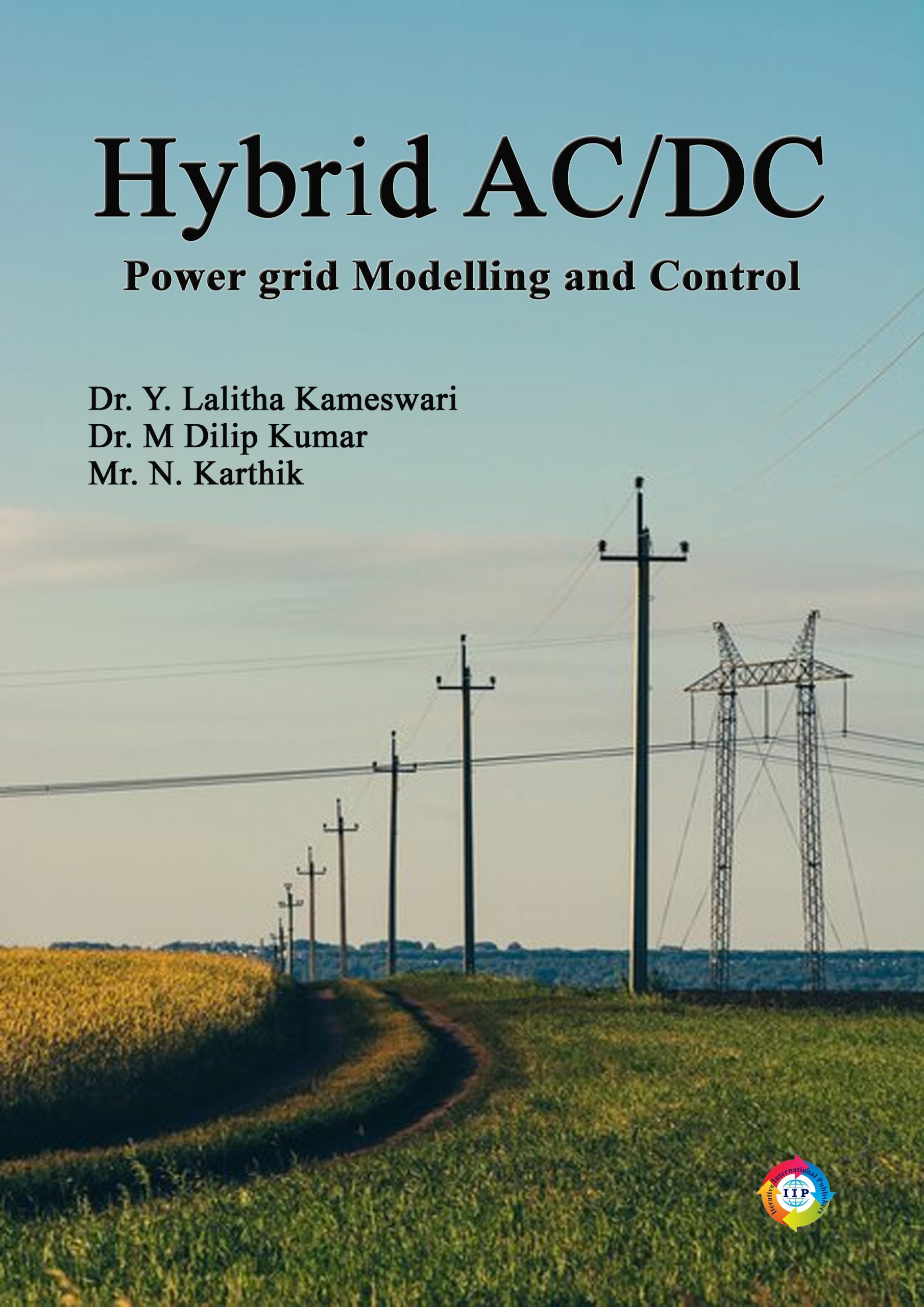
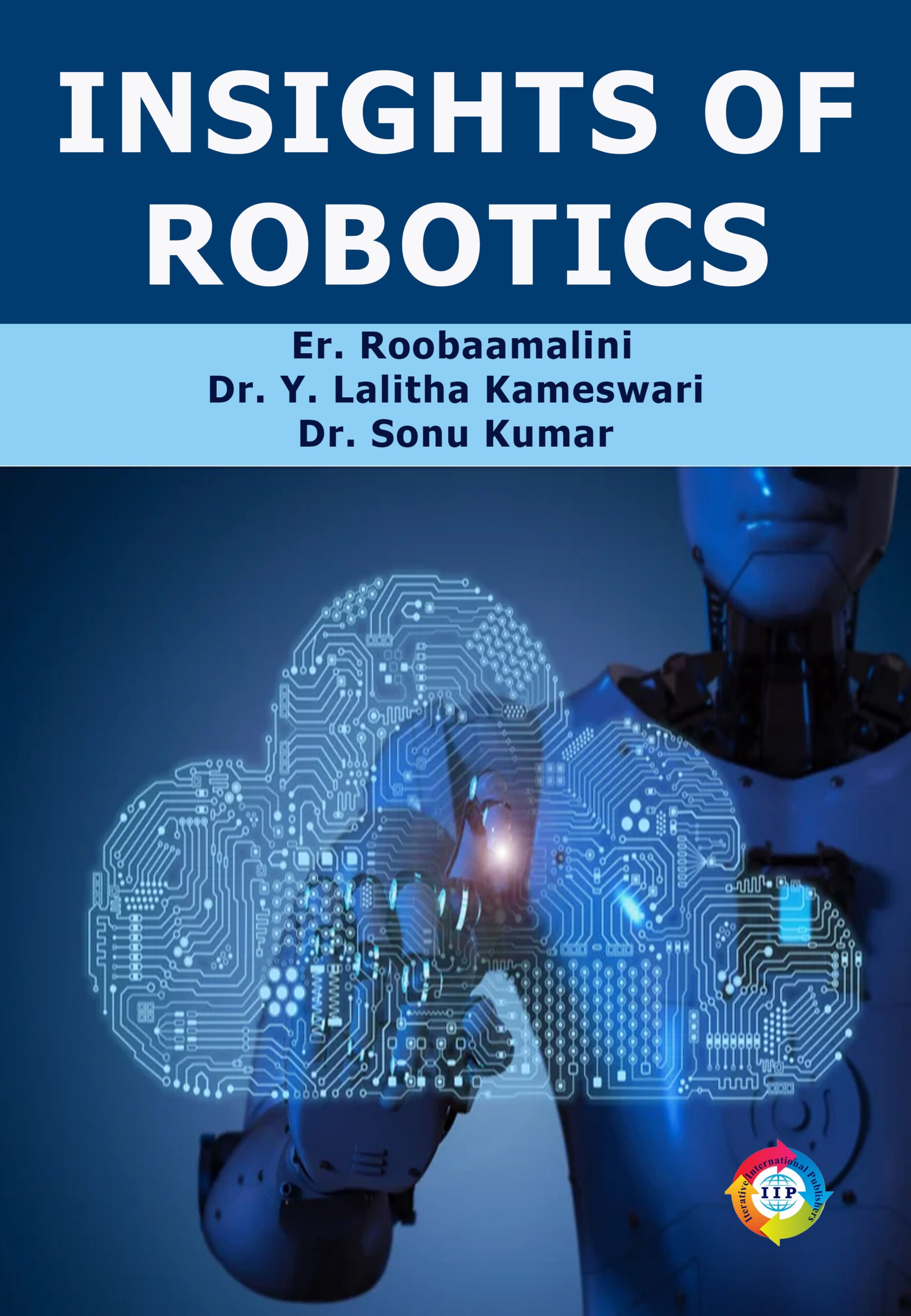
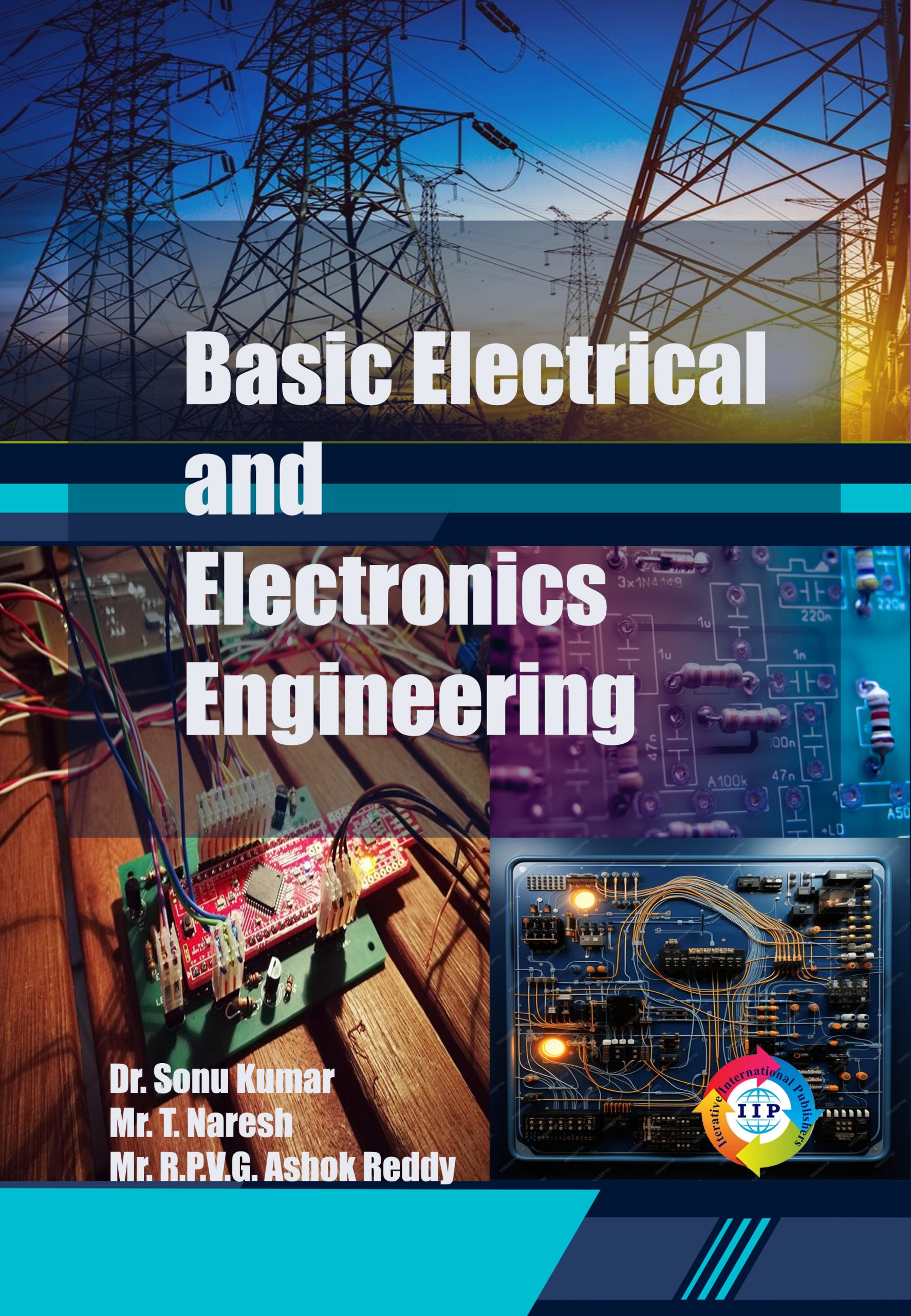
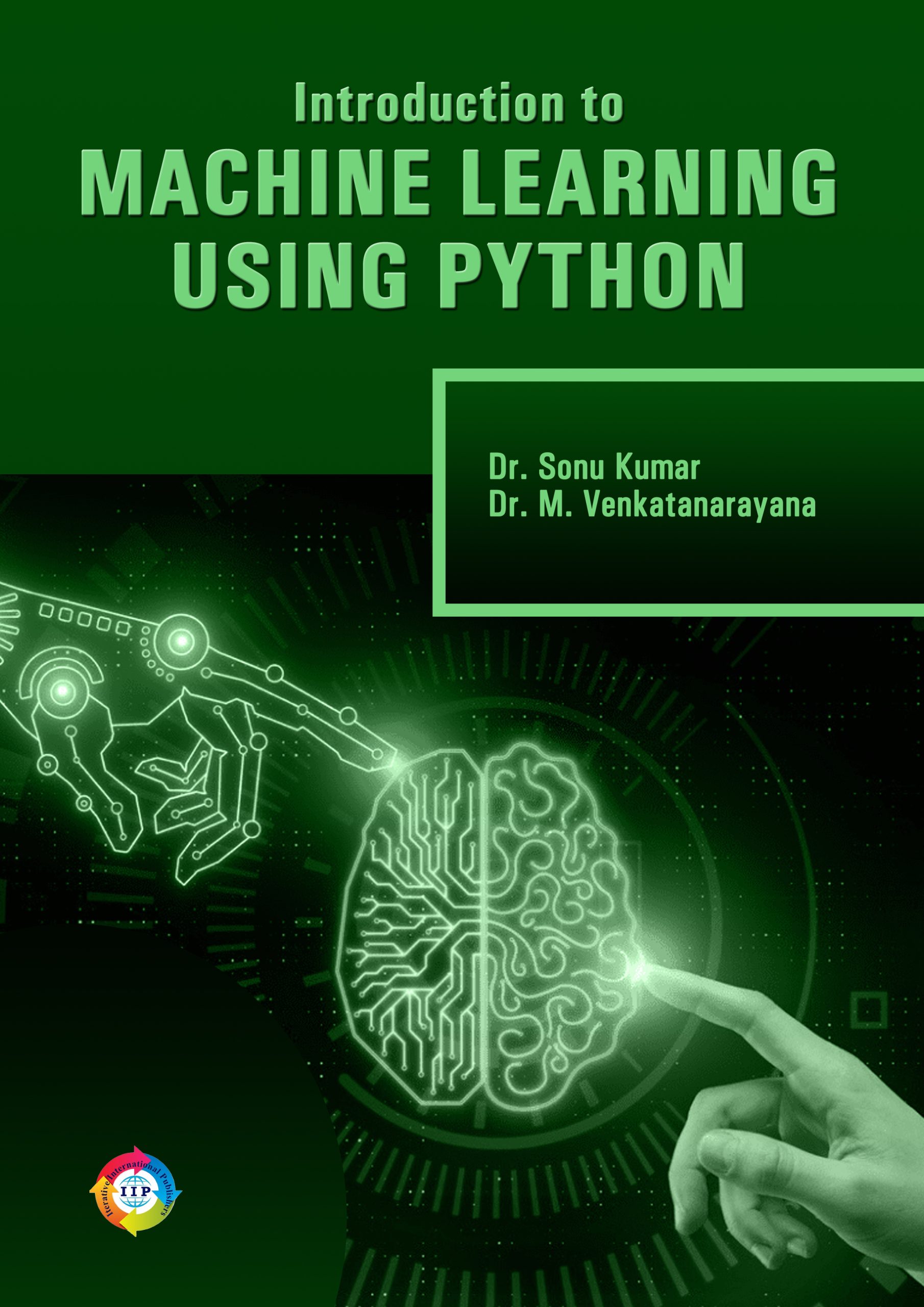
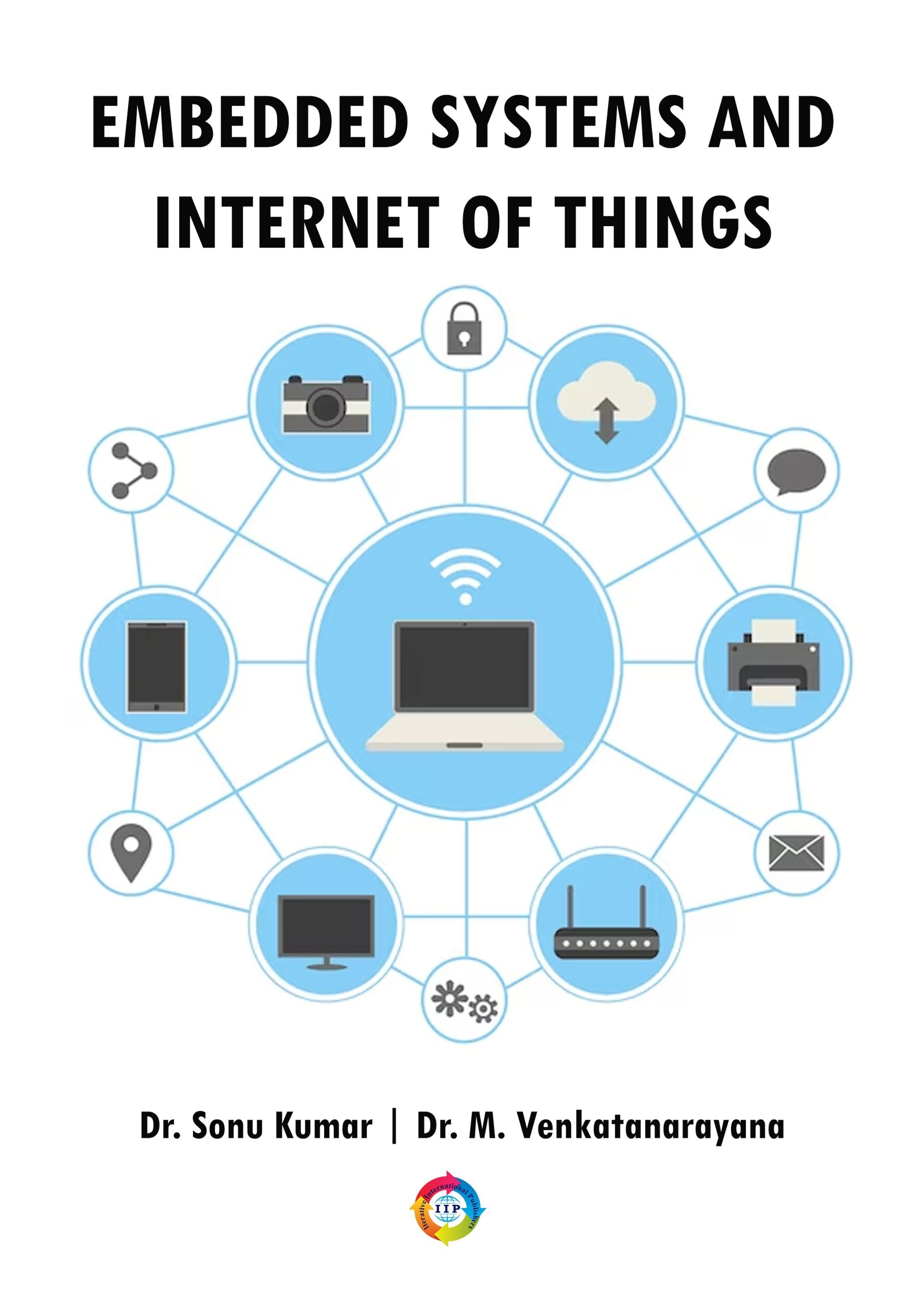
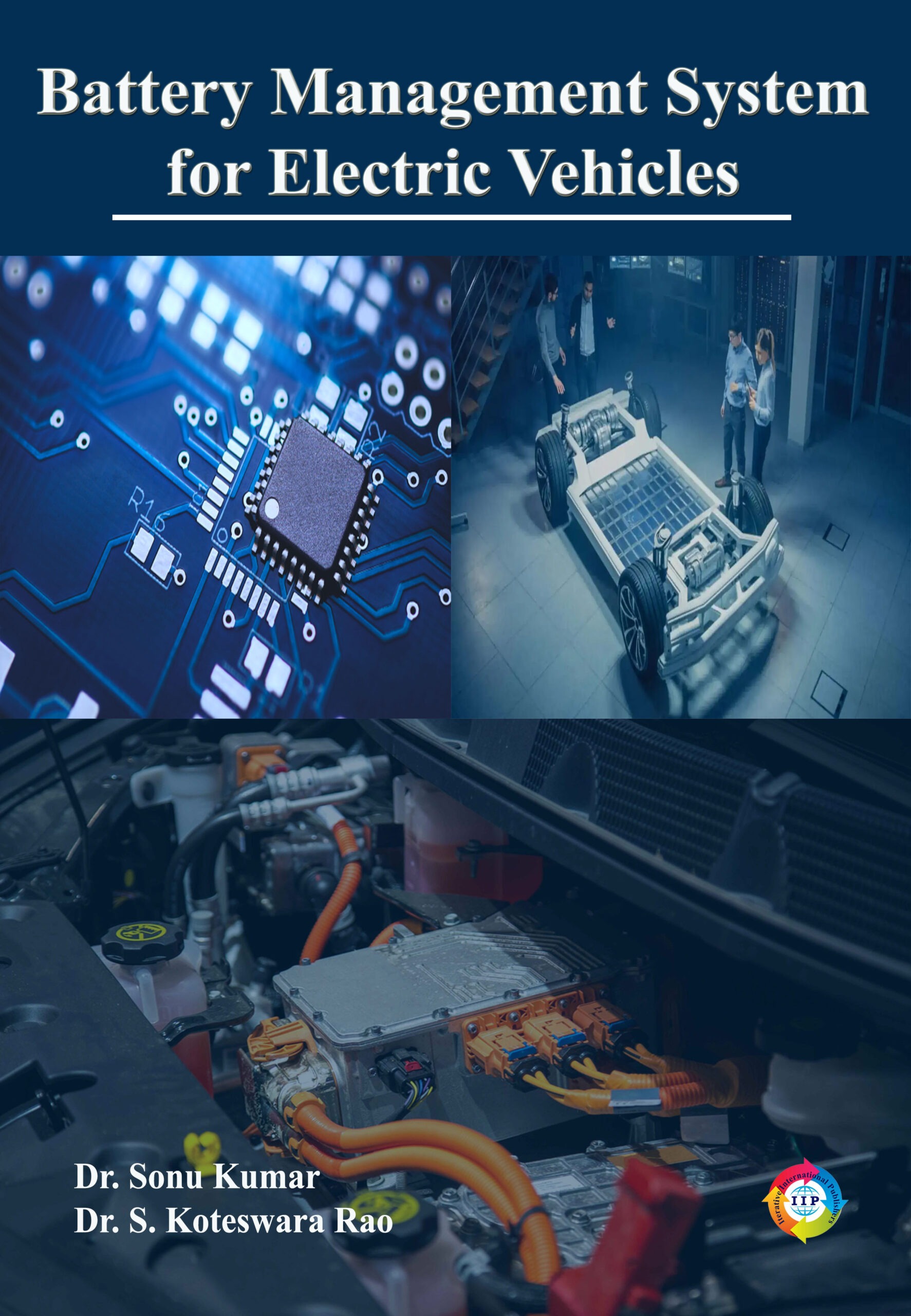
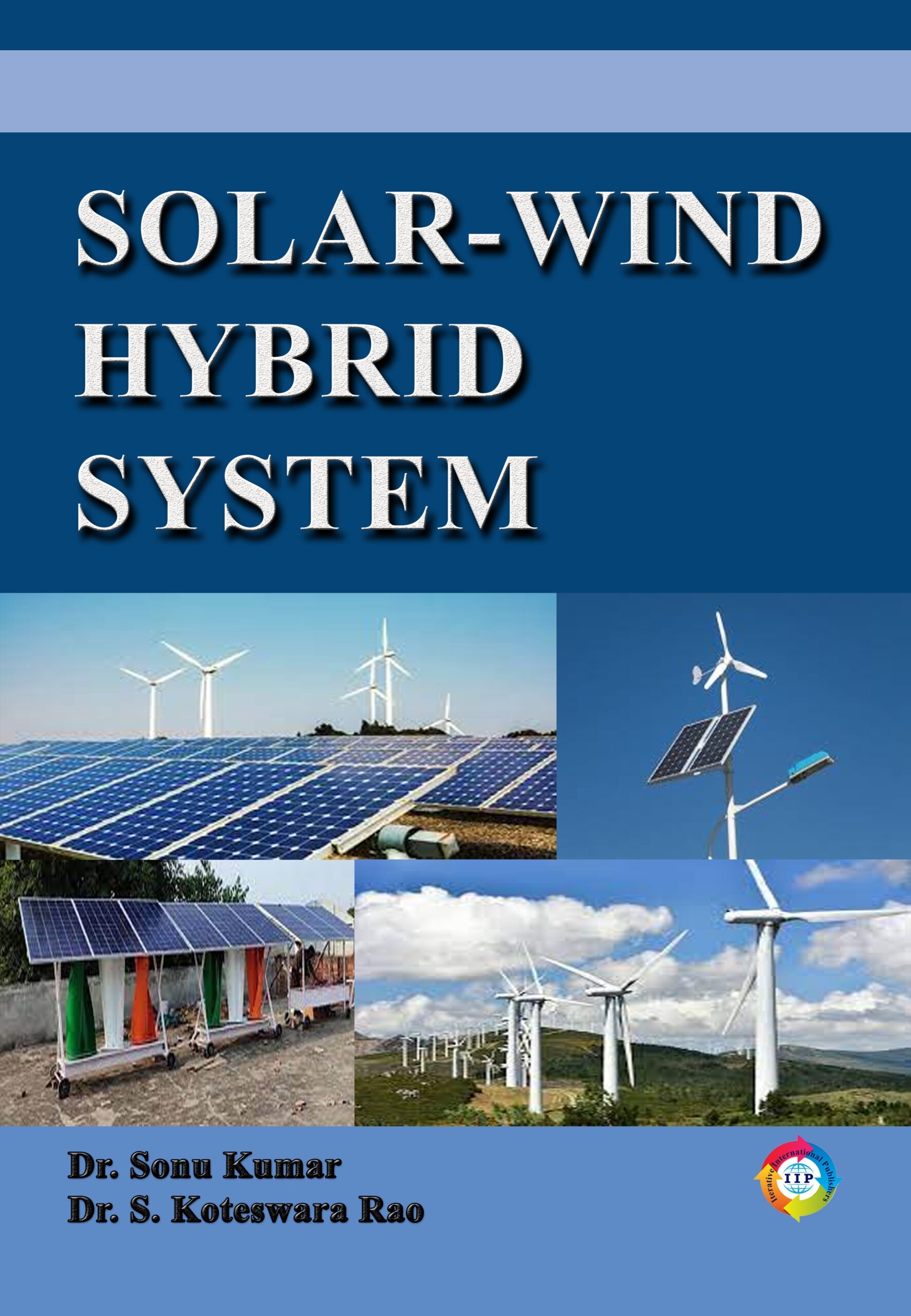
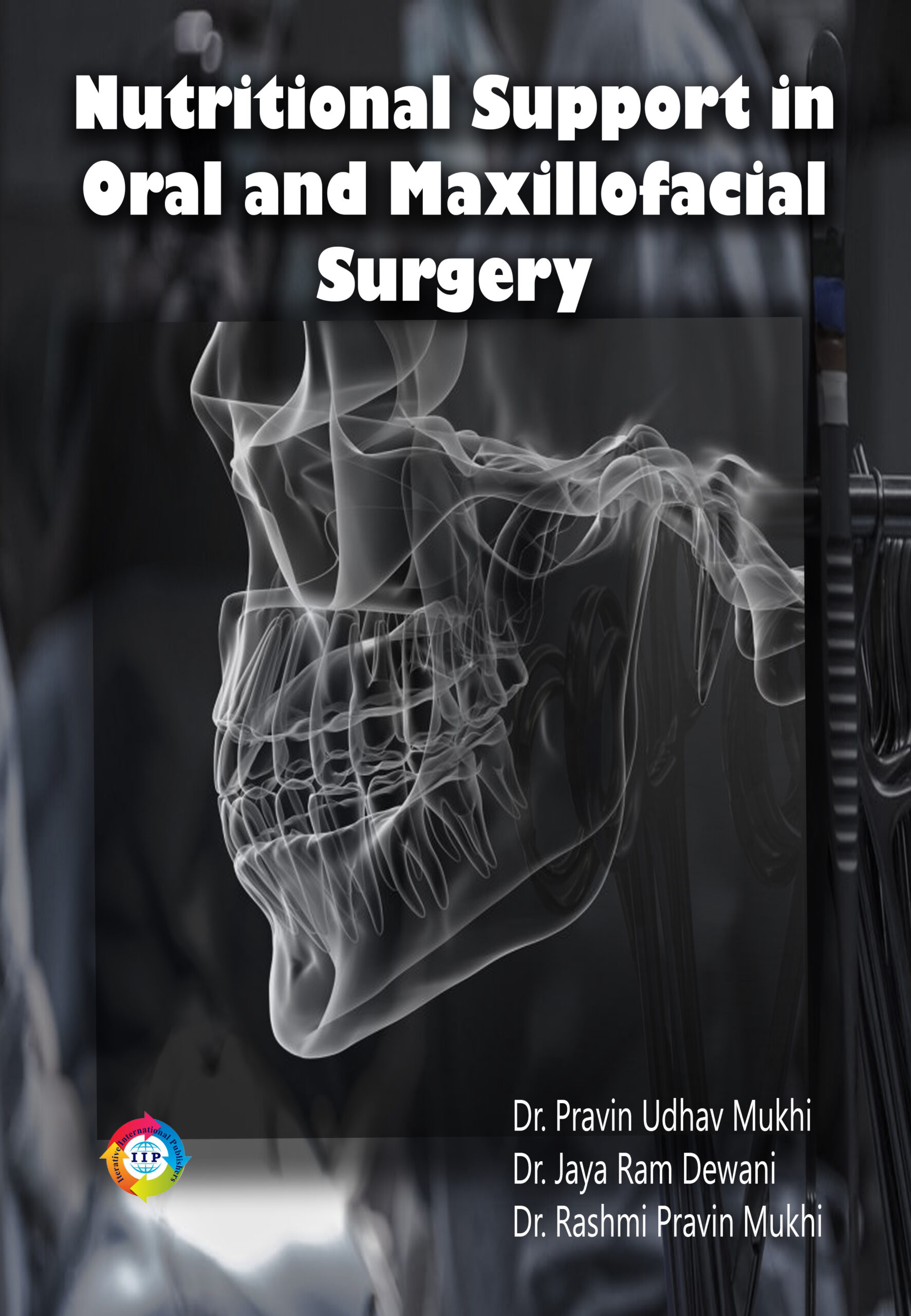
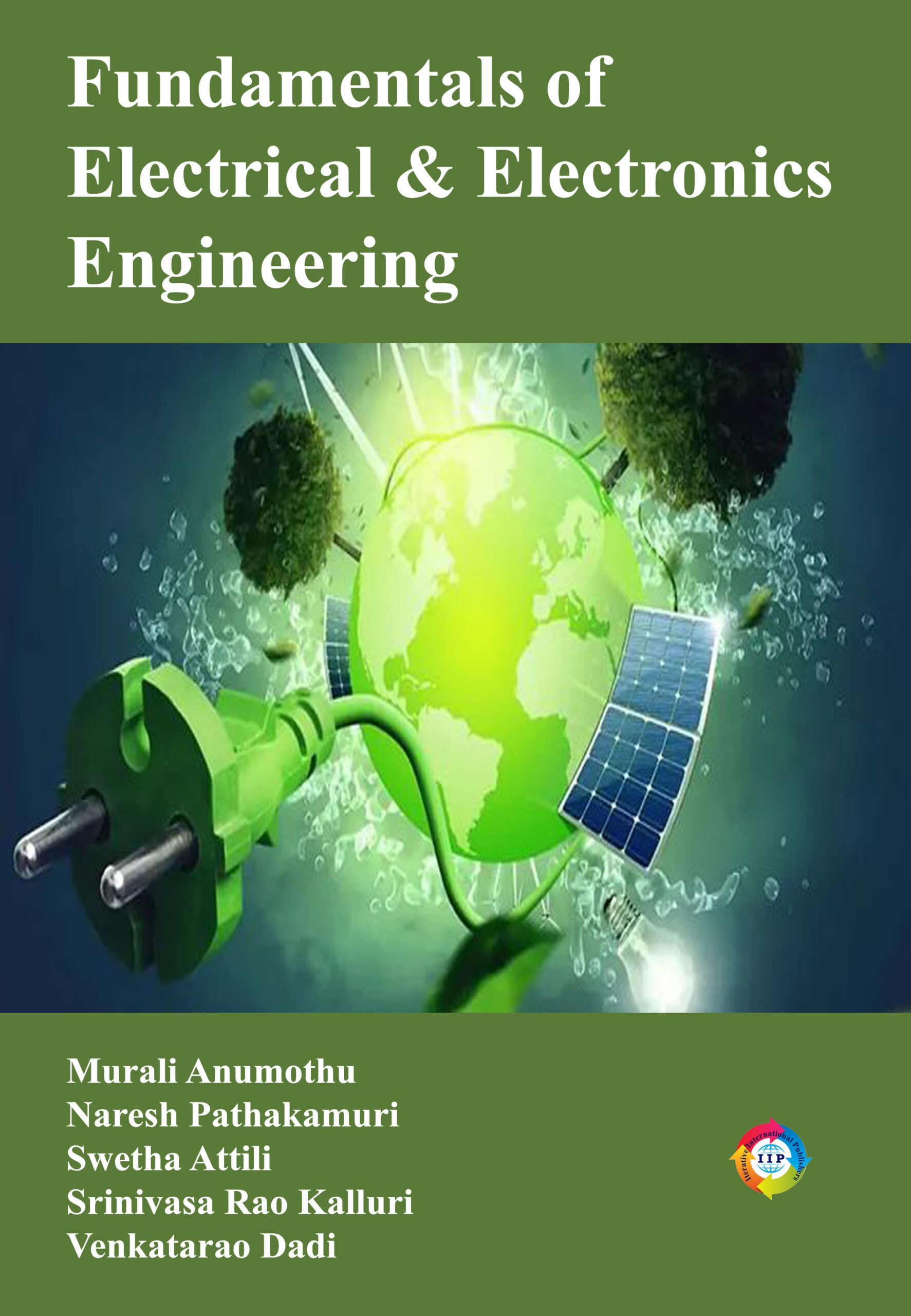
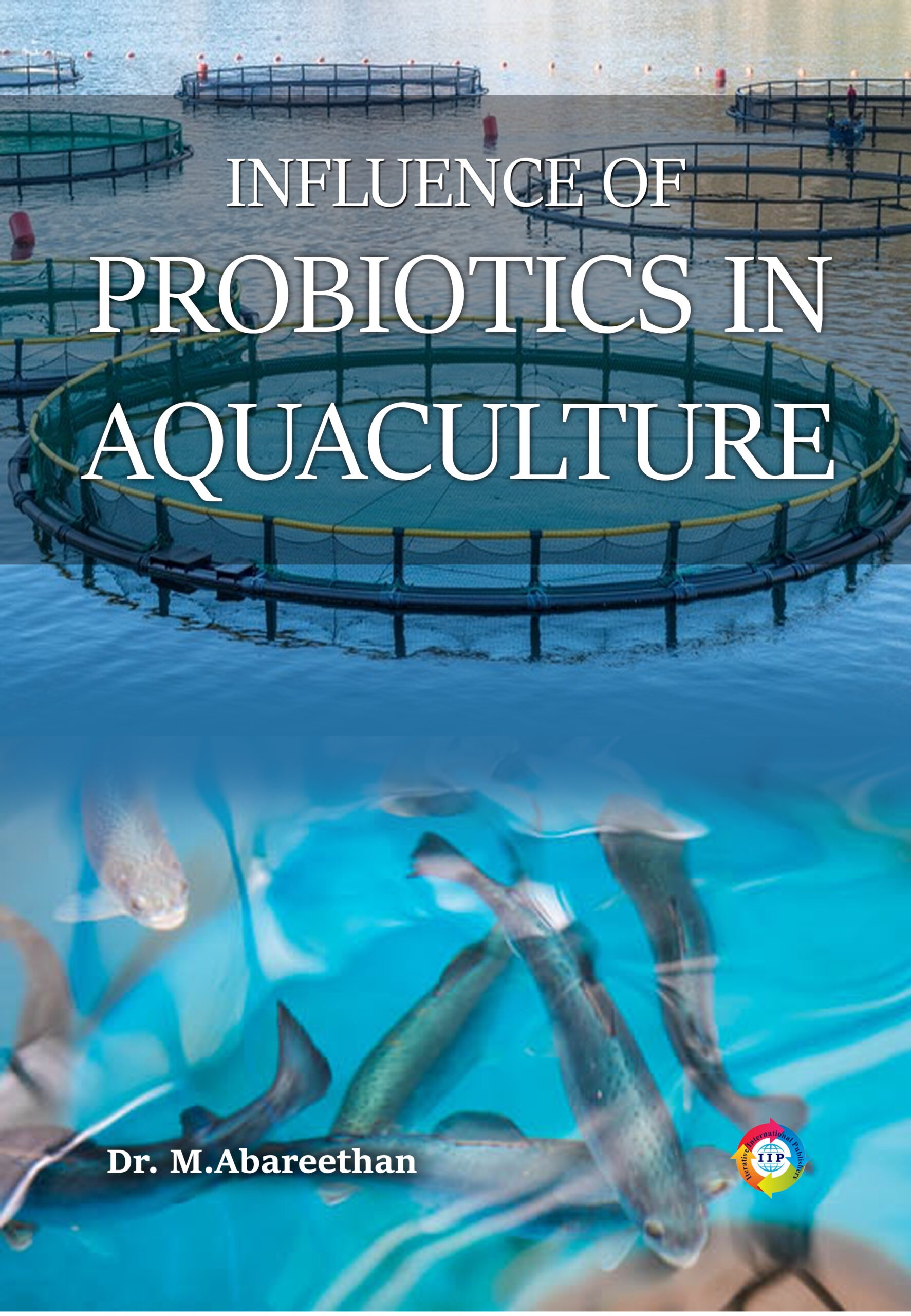

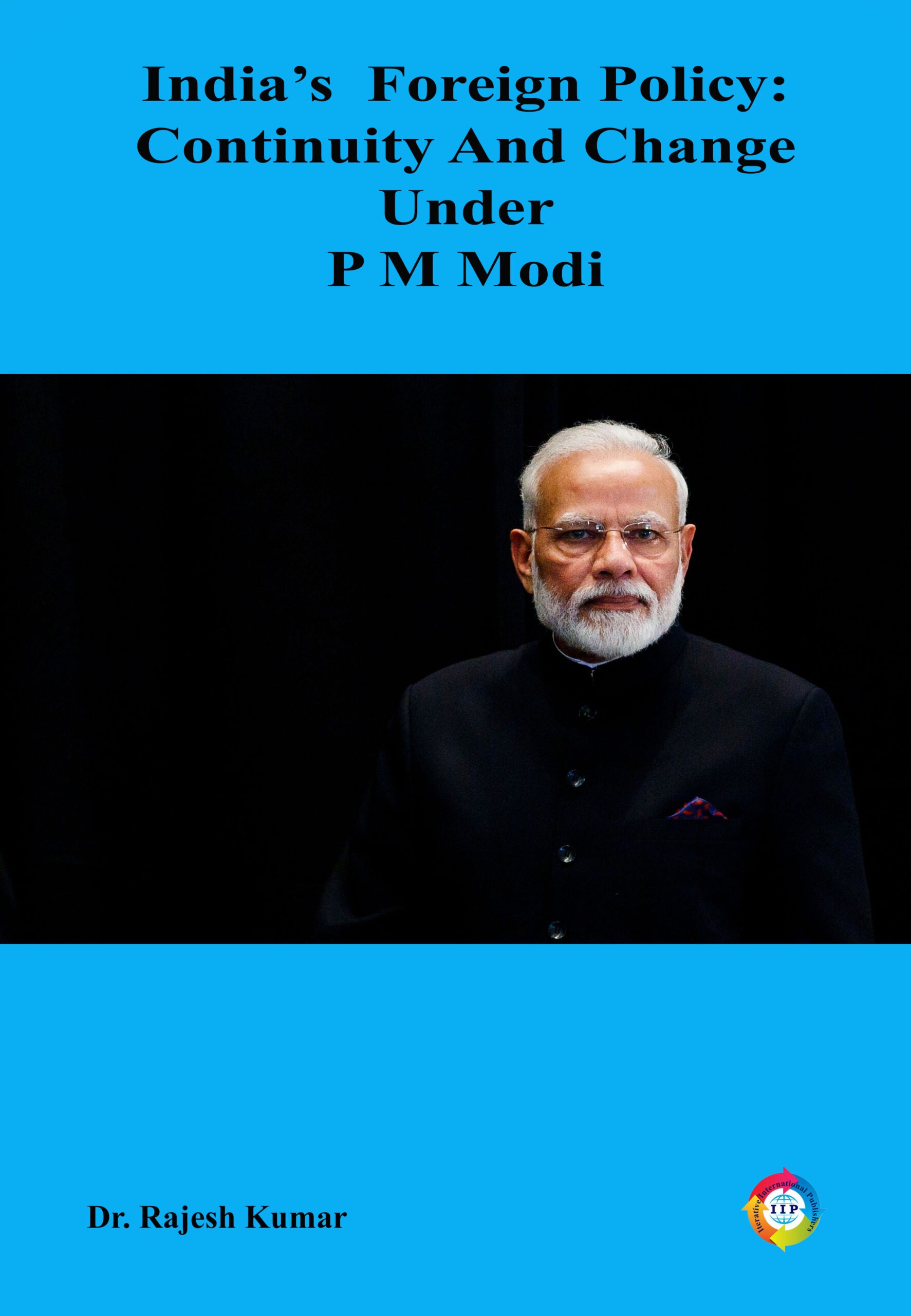
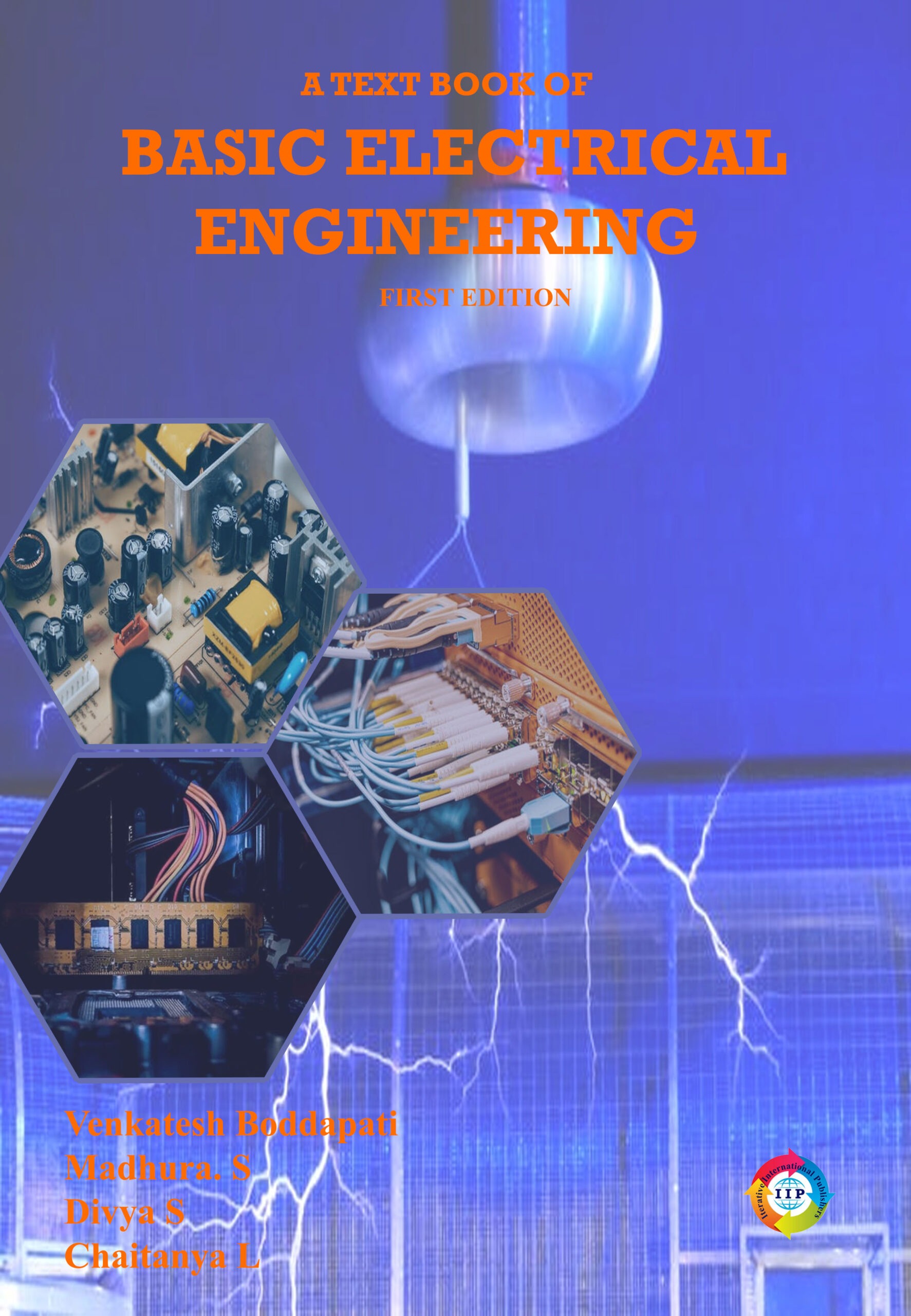
Reviews
There are no reviews yet.